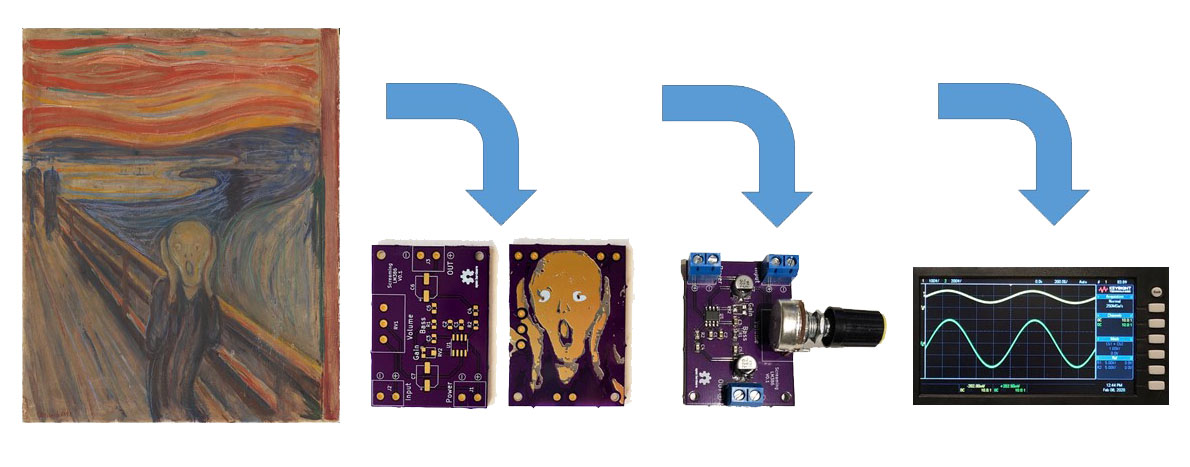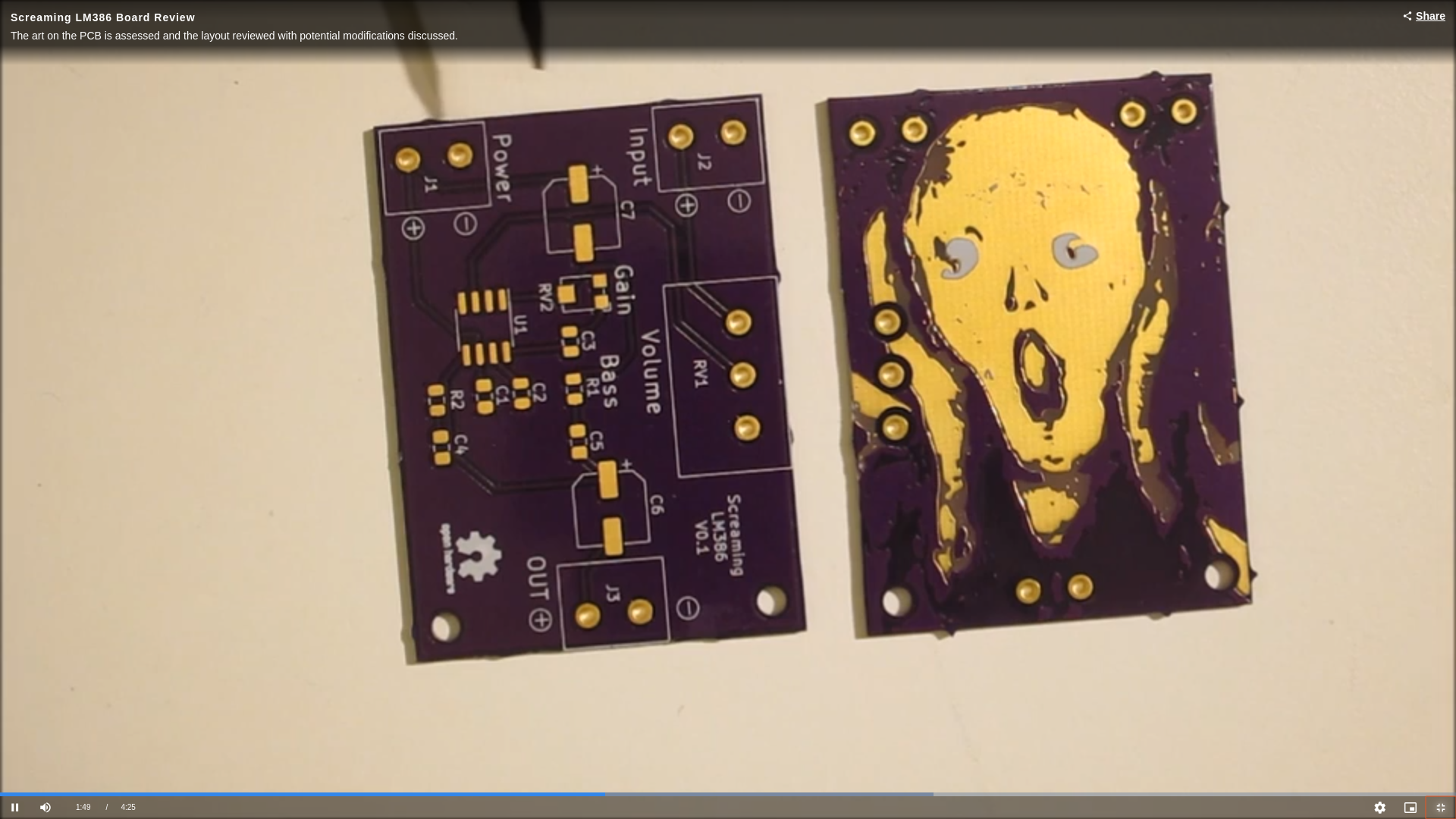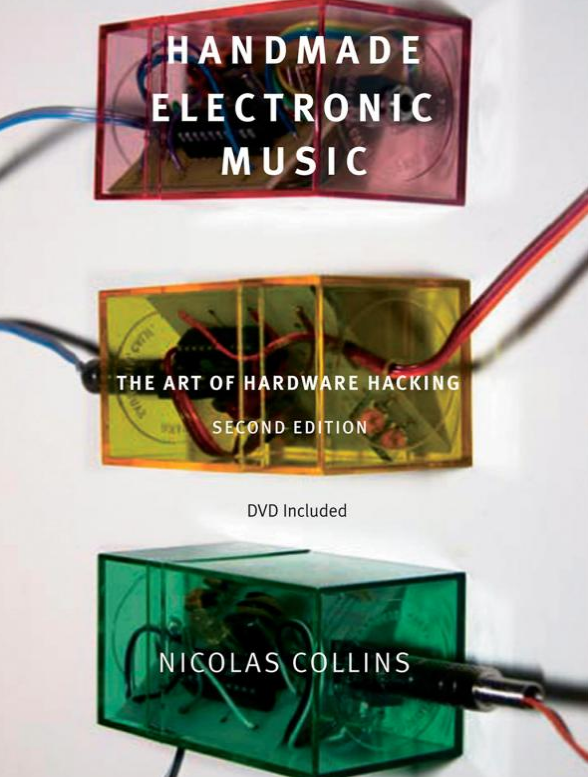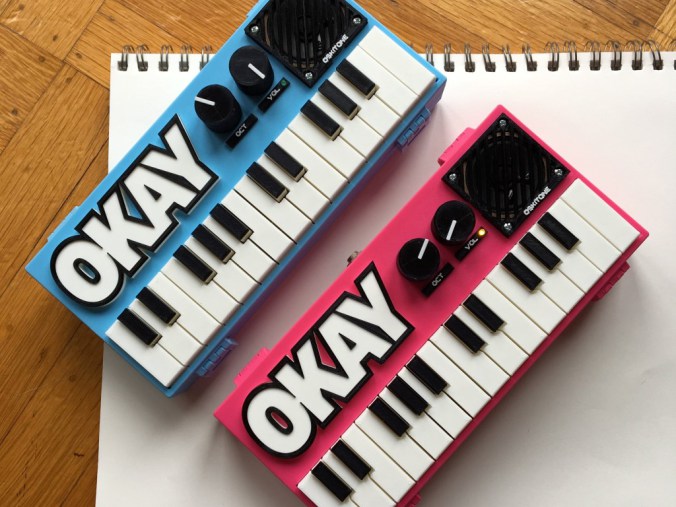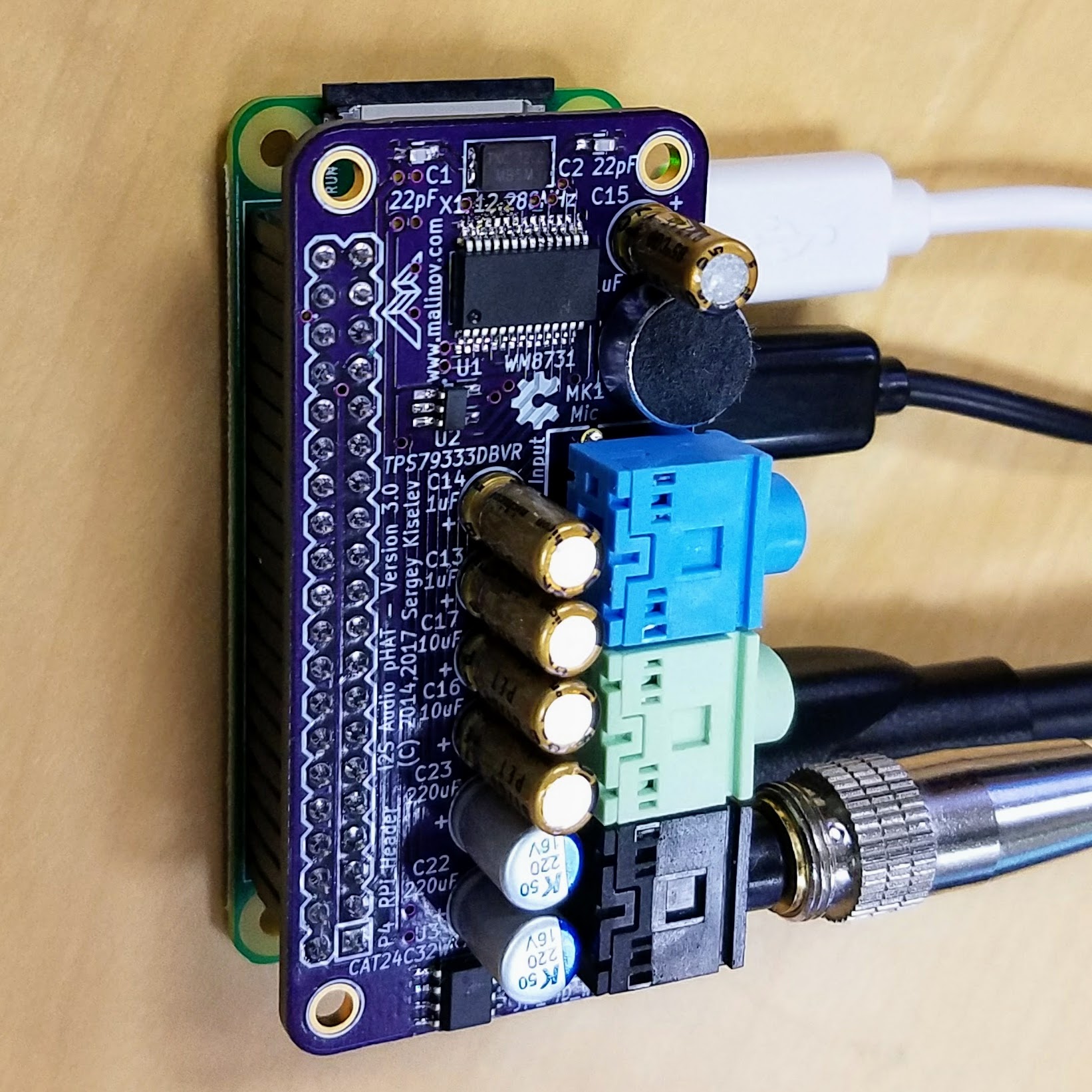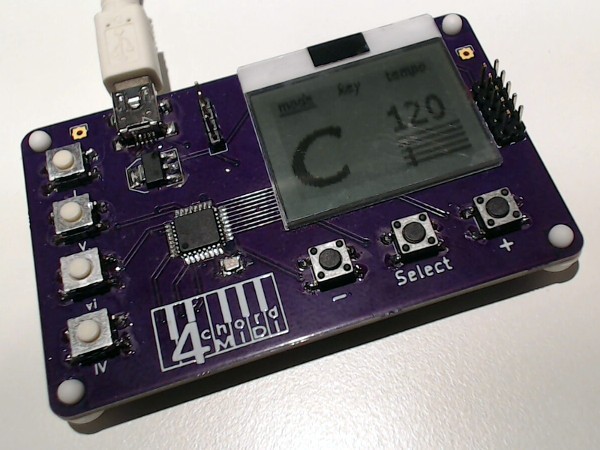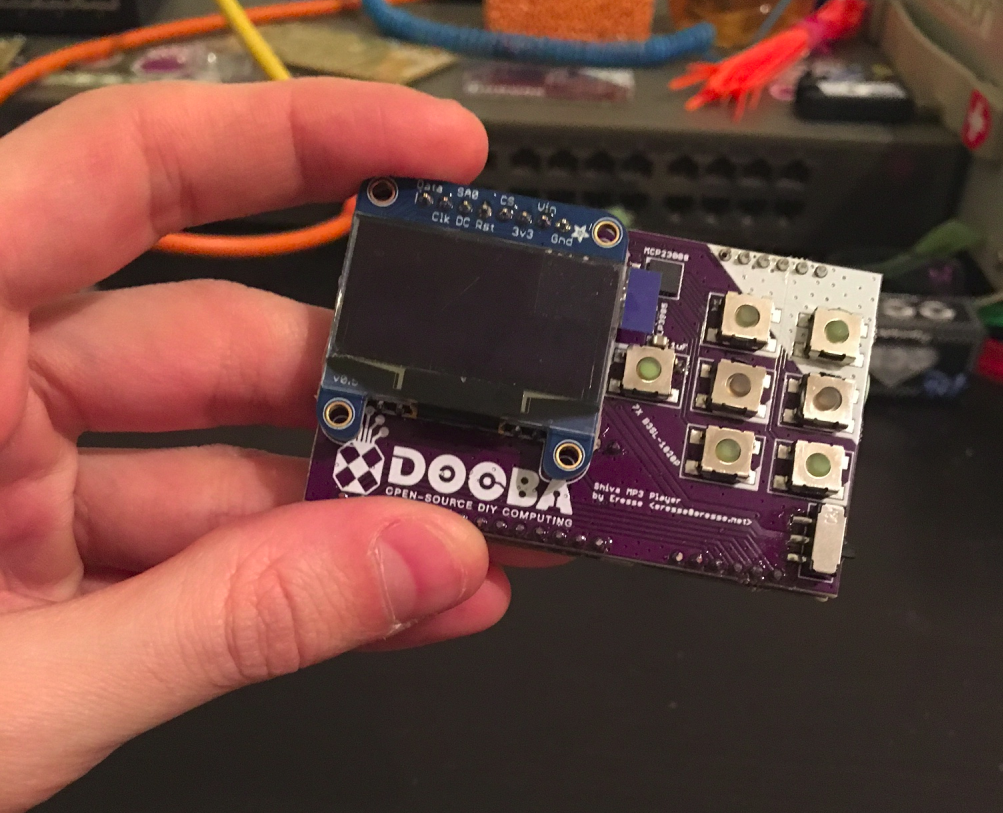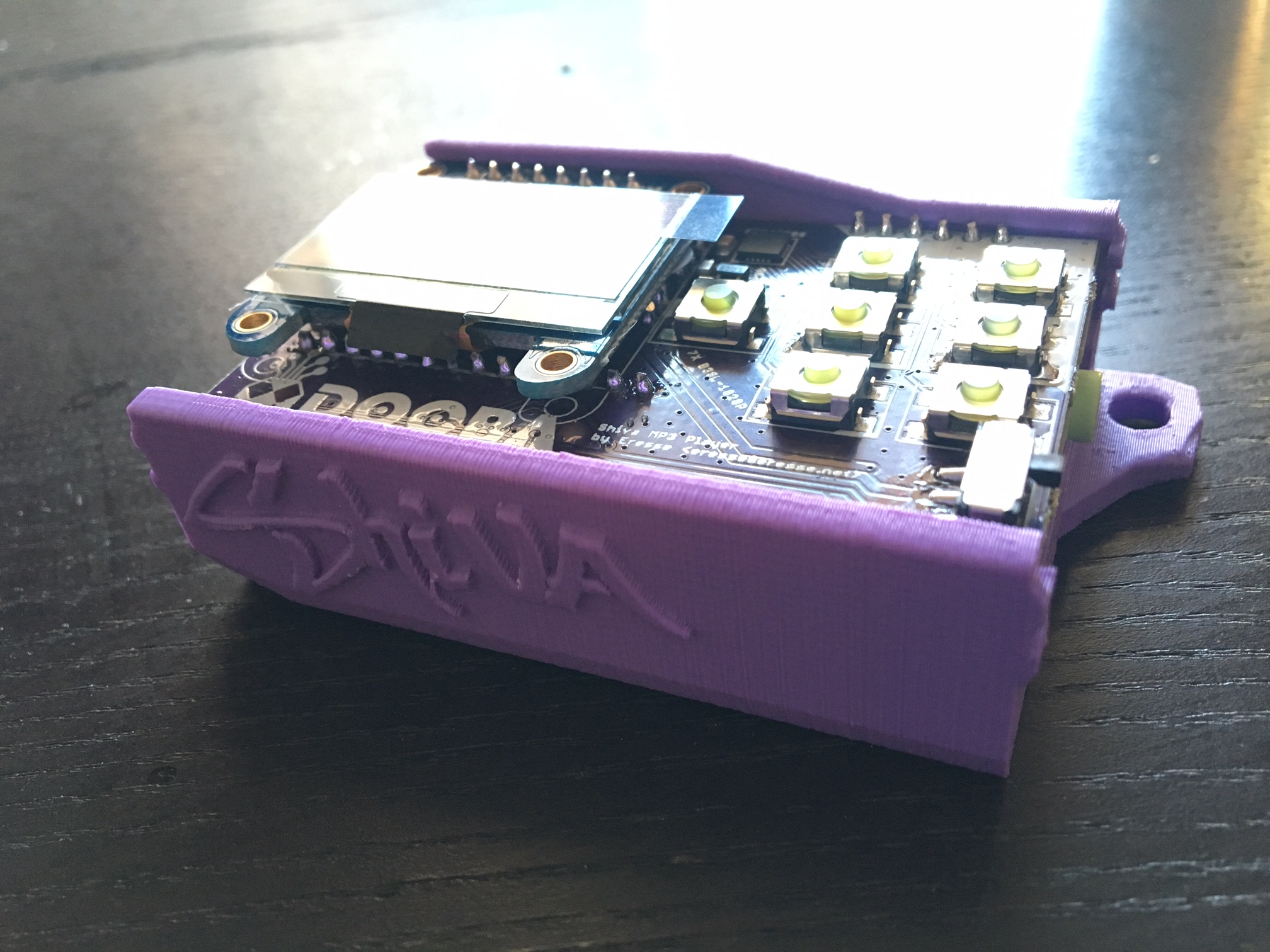
The Pocket Integrator is add-on board for Teenage Engineering’s Pocket Operators that lets you play your drum machine like a drum:
Synchronizing your electronic instruments with live music can be hard. Pocket Integrator makes it easy! It’s an add-on board for Teenage Engineering’s Pocket Operator series of hand-held drum machines, that lets you play them like a drum.
Just tap or shake to set the tempo and downbeat of your drum pattern. Keep tapping as long as you like. When you stop, it’ll hold the beat wherever you set it. It’s as easy as clapping your hands!
In the latest Crowd Supply campaign update, Mykle Hansen shares this video which demonstrates who the device works:

